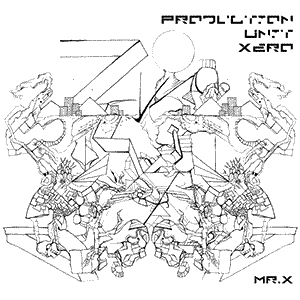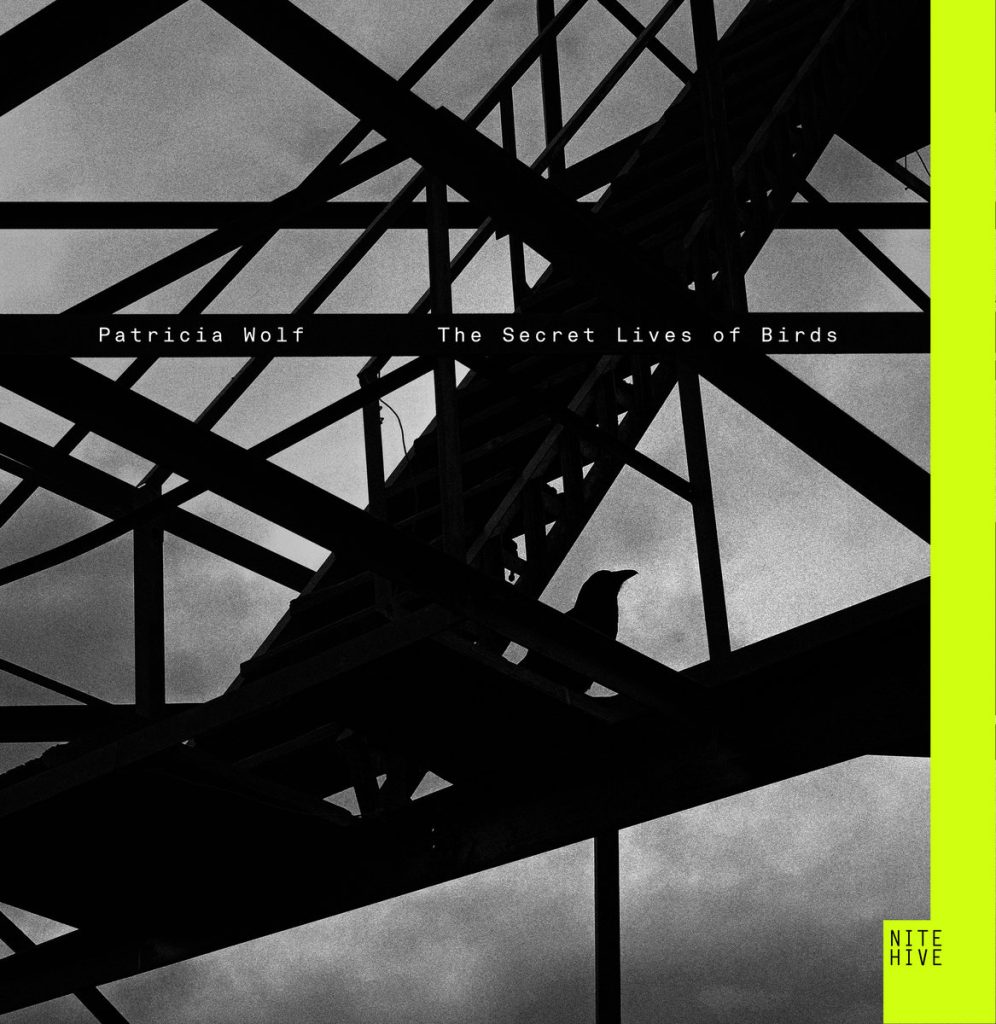Ambient Music Instruments: The Synthesizers and Equipment Behind Electronic Ambient Music
Exploring the Instruments of the Ethereal
In the world of electronic ambient music, the choice of instruments and equipment is not just a matter of technical necessity but a profound artistic statement. The synthesizers and various musical gadgets used by artists in this genre are as integral to the creation of the music as brush and paint are to a painter. This article delves into the rich tapestry of synthesizers and musical equipment that have become synonymous with the creation of electronic ambient music, exploring how these tools have enabled artists to sculpt soundscapes that transport listeners to otherworldly realms.
The Synthesizer: Heart of the Ambient Sound
At the heart of electronic ambient music lies the synthesizer. More than just an instrument, the synthesizer is a gateway to unexplored soundscapes. Its ability to generate a wide range of sounds, from ethereal pads and shimmering leads to deep, resonant basses, makes it an indispensable tool for ambient musicians. The synthesizer’s capacity for sound modulation and manipulation allows for the creation of textures that are complex, evolving, and rich with emotional depth.
Iconic Synthesizers in Ambient Music
- Moog Synthesizers: The Moog name is legendary in the world of electronic music. Early Moog synthesizers, such as the Minimoog Model D, have been instrumental in the development of ambient music. Their rich, analog tones and hands-on control for real-time sound shaping have made them a favorite among ambient composers.
- Yamaha DX7: Introduced in the mid-1980s, the DX7 brought digital synthesis to the forefront. Its FM (Frequency Modulation) synthesis offered a new palette of sounds, from crystalline bells to smooth electric pianos, which ambient artists quickly adopted for their textured layers.
- Roland Juno Series: The Roland Juno synthesizers, particularly the Juno-60 and Juno-106, are revered for their lush, chorused pads and strings. Their warm analog sounds and ease of use have cemented their place in the ambient musician’s arsenal.
- Korg Wavestation: The Wavestation introduced vector synthesis and wave sequencing, allowing for complex evolving sounds that changed over time. This capability made it a go-to for ambient composers seeking to create dynamic, textured soundscapes.
Innovative Equipment and Techniques
Beyond traditional synthesizers, ambient musicians have embraced a variety of equipment and techniques to expand their sonic palette:
- Samplers and Field Recorders: Ambient artists often use samplers and field recorders to incorporate natural sounds and found sounds into their compositions. This blend of organic and electronic elements adds depth and a sense of place to the music.
- Effects Processors: Reverb and delay effects are foundational to the ambient sound, providing the spaciousness and sense of infinity that the genre is known for. Devices like the Eventide H9 or the Strymon BigSky offer a range of high-quality ambient effects that can transform simple sounds into lush, expansive soundscapes.
- Looping Pedals and Devices: Looping devices enable artists to layer sounds in real-time, building complex compositions from simple motifs. This technique is a staple in live ambient performances, allowing for spontaneous creation and improvisation.
- Modular Synthesizers: The resurgence of modular synthesis has opened new frontiers in sound design for ambient music. Modular systems offer unparalleled flexibility and encourage experimentation, making them a powerful tool for artists looking to create unique soundscapes.
The Digital Realm: Software Synthesizers and DAWs
The advent of digital technology has significantly expanded the ambient artist’s toolkit. Software synthesizers and digital audio workstations (DAWs) offer infinite possibilities for sound creation and manipulation, all within the confines of a computer. Programs like Ableton Live, with its Max for Live environment, and soft synths like Spectrasonics Omnisphere, have become staples for producing ambient music, offering vast libraries of sounds and effects that can be endlessly tweaked and transformed.
The Artistic Implications of Musical Equipment
The choice of synthesizers and equipment in electronic ambient music is more than a technical decision; it’s an artistic one. Each instrument and device carries its unique sonic signature and possibilities, shaping the music’s direction and character. Ambient artists choose their tools with care, seeking those that resonate with their creative vision and allow them to express the inexpressible.
In the landscape of electronic ambient music, synthesizers, and musical equipment are not merely instruments; they are the brush, paint, and canvas with which artists create their sonic masterpieces. From the warmth of analog synths to the precision of digital tools, the equipment used in ambient music production has enabled artists to explore the depths of sound and emotion, crafting immersive experiences that engage the listener on a profound level. As technology continues to evolve, so too will the soundscapes of ambient music, promising an endless horizon of auditory exploration




